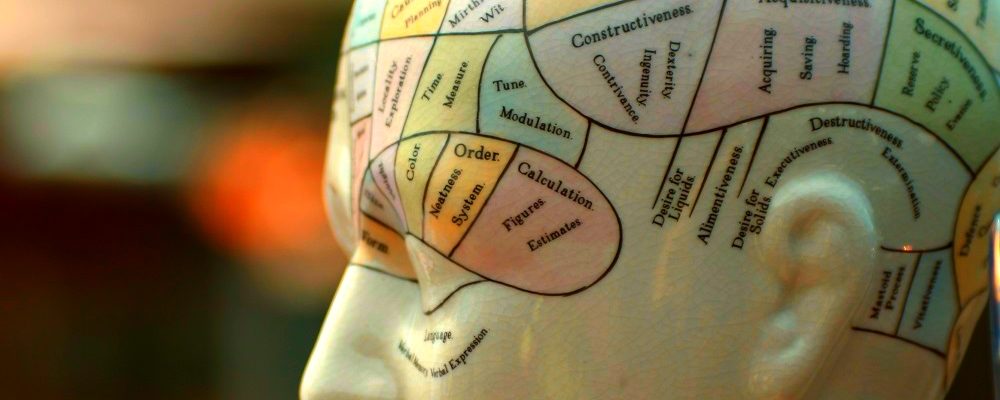As a basic concept, neurodiversity – defined as divergence and variation in the ways that people think – has somewhat poor levels of awareness within corporate HR departments, according to recent research from CIPD.
In a survey, the organisation found that only 10% of HR professionals specifically factor neurodiversity into their people-management practices. However, it notes, given that around 10% of the population is neurodivergent in some way, organisations could do more to support that segment’s career prospects – and yield tangible benefits as a result.
Among the alternative-thinking styles that fall under the neurodiversity banner are dyslexia, autism, ADHD and dyspraxia. CIPD points out that individuals to whom those styles apply “can have unique strengths, ranging from data-driven thinking to sustained focus over long periods, an ability to spot patterns and trends, and the capacity to process information at extraordinary speeds”.
Yet its poll showed that 72% of HR professionals don’t consider neurodiversity at all within their people-management strategies, and 17% don’t know whether they do or not.
CIPD diversity and inclusion adviser Dr Jill Miller says: “We’re just scratching the surface of understanding how neurodiversity at work can help organisations be more creative and innovative … However, even at a time when employers are under pressure to identify new talent pools to fill skills gaps, recruitment and development practices are screening out such individuals and the unique skills they possess.”
How should leaders and HR professionals approach this world of innovative thinking?
The Institute of Leadership & Management's head of research, policy and standards Kate Cooper says: “I find it so interesting that we’re at last talking about neurodiversity as an underappreciated field. It marks a new chapter in our gradual trend of awareness. If we go back around 50 years to early personality diagnostics – which were meant to identify management and leadership capabilities – there was very much a focus on ‘one true way’, or a perfect profile. I’m thinking particularly of when Meyers-Briggs first emerged, and the ESTJ personality type was considered to be what was required in a manager.
“Now it is recognised that we need diverse teams, and so we have Belbin’s team roles and Gallup’s strength-based approaches to personal development. In parallel with those, we have become ever more aware of the diversity movement that began with gender and broadened to include disability, ethnicity and sexual orientation. But leaders clearly need to do a lot of catching up when it comes to neurodiversity.”
Cooper points out: “as soon as you i) accept difference, ii) understand that people are bringing something unique and special to the table and iii) open up your organisation and the people within it to new ideas, the more innovative – and in touch with your customers – you will be. So, deepening your involvement with neurodiversity makes tremendous business sense. Leaders must harness the most authoritative information they can find on the subject to build their understanding. But once that is in hand, it’s very much about pioneering more inclusive approaches.”
She adds: “different ways of thinking and of perceiving the world are the very qualities that organisations are crying out for. So I totally agree with Dr Jill Miller: this is an untapped talent pool, and why aren’t we doing more to access it? Difference can encourage and foster innovation. How often do we hear about bosses wanting people who can think outside the box? The growing profile of neurodiversity should compel leaders to do just that.”
For further insights into the subject of neurodiversity, BOOK NOW for our upcoming webinar with researcher and campaigner Professor Amanda Kirby, set to take place from 1:30pm to 2:00pm on Wednesday 4 April

